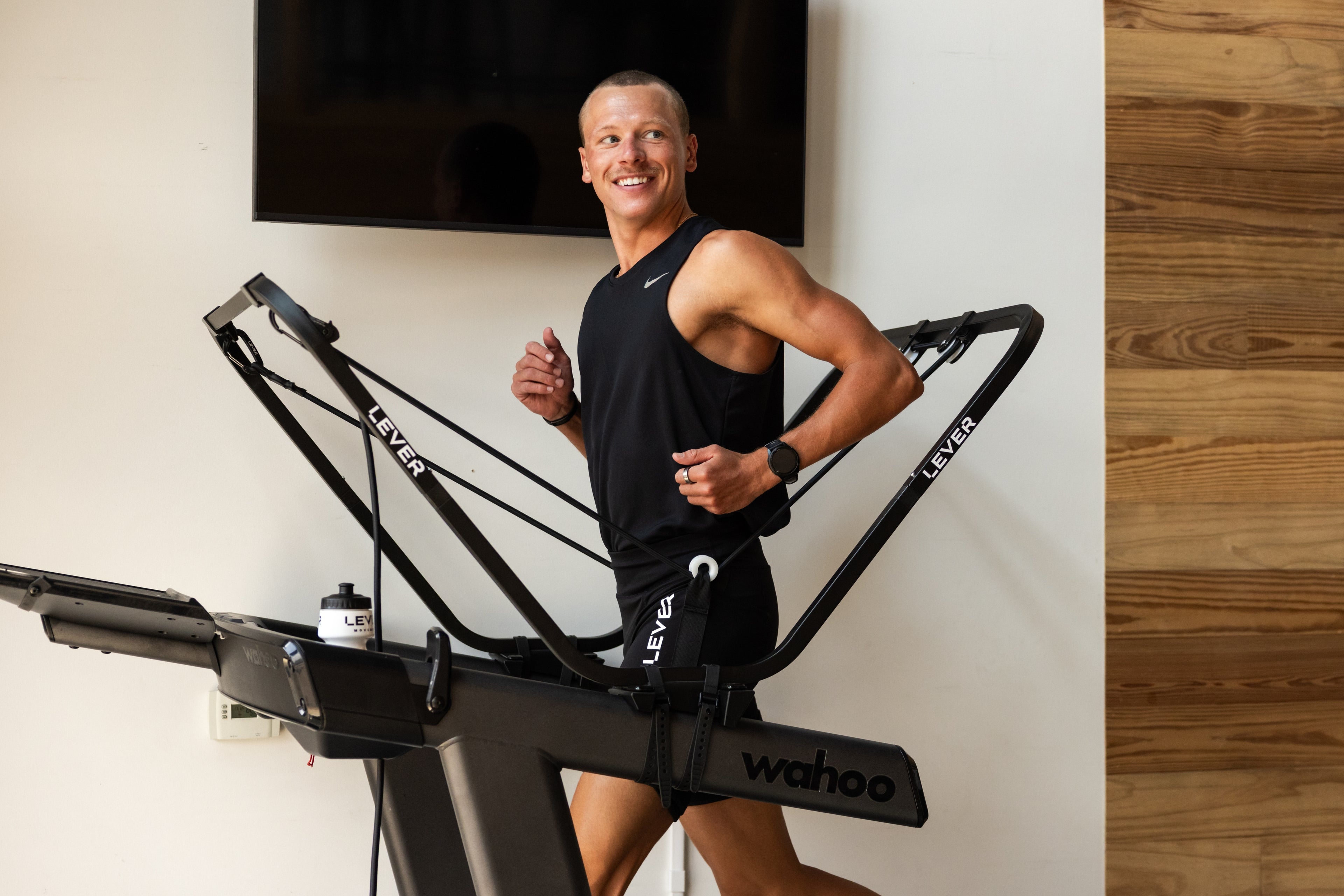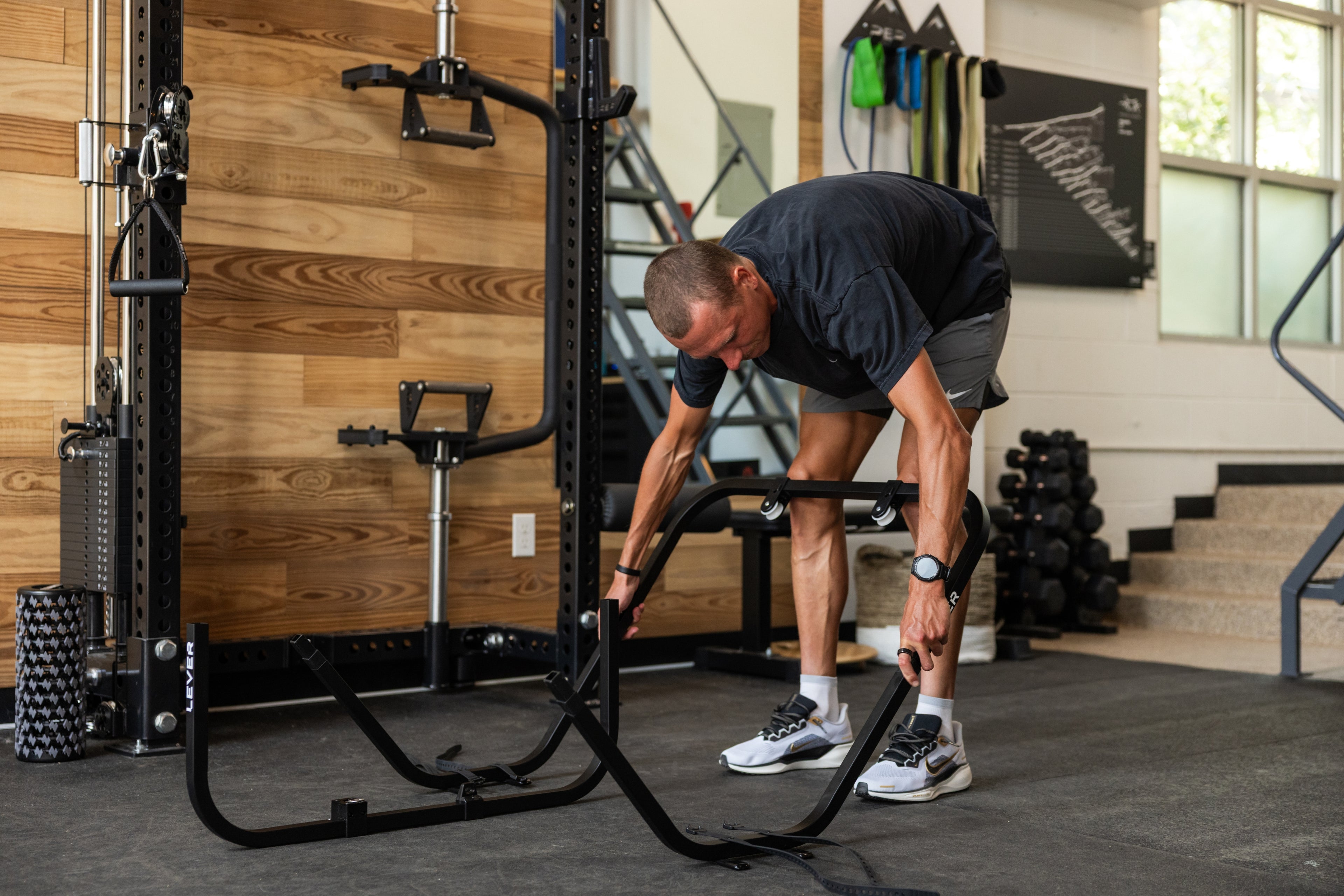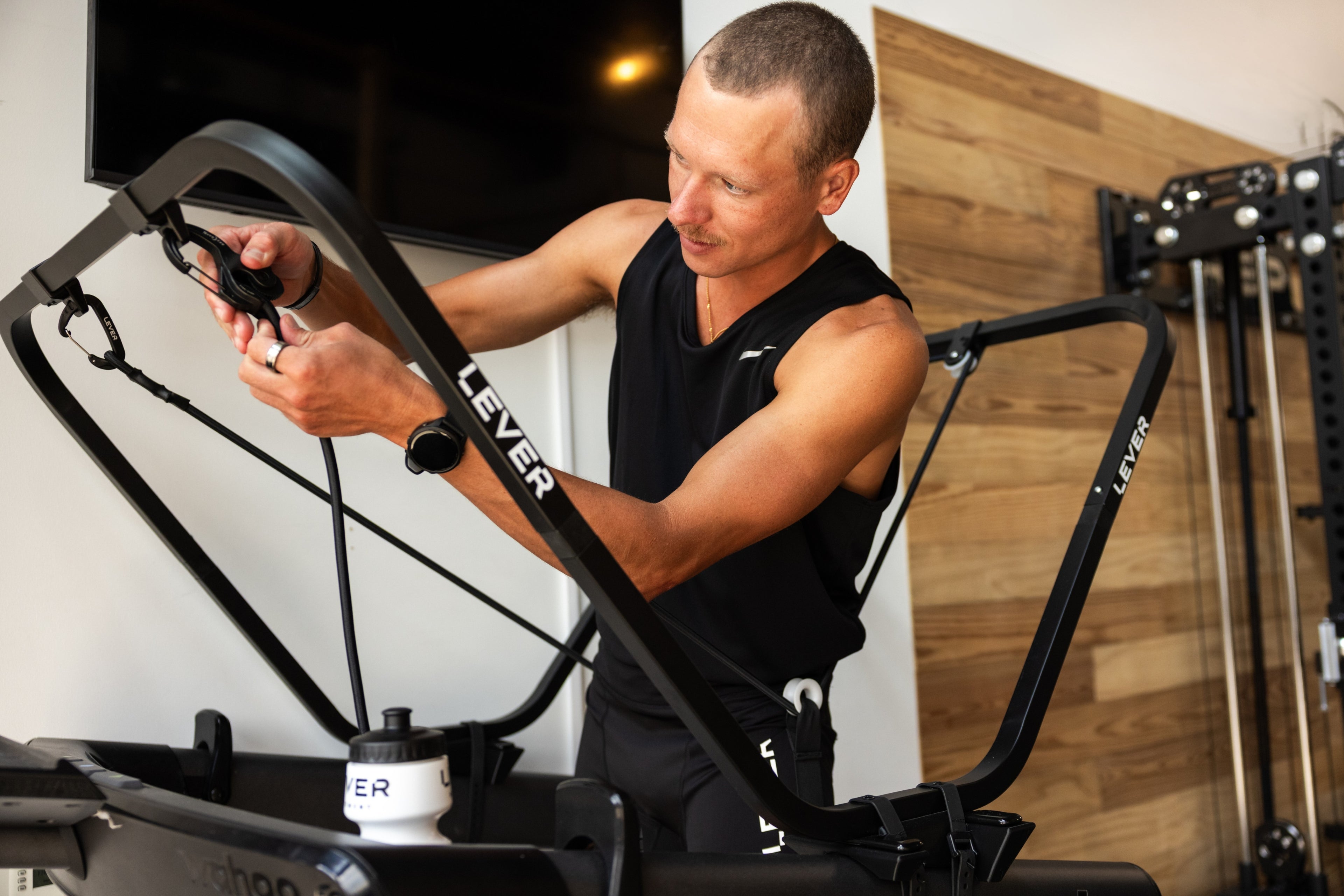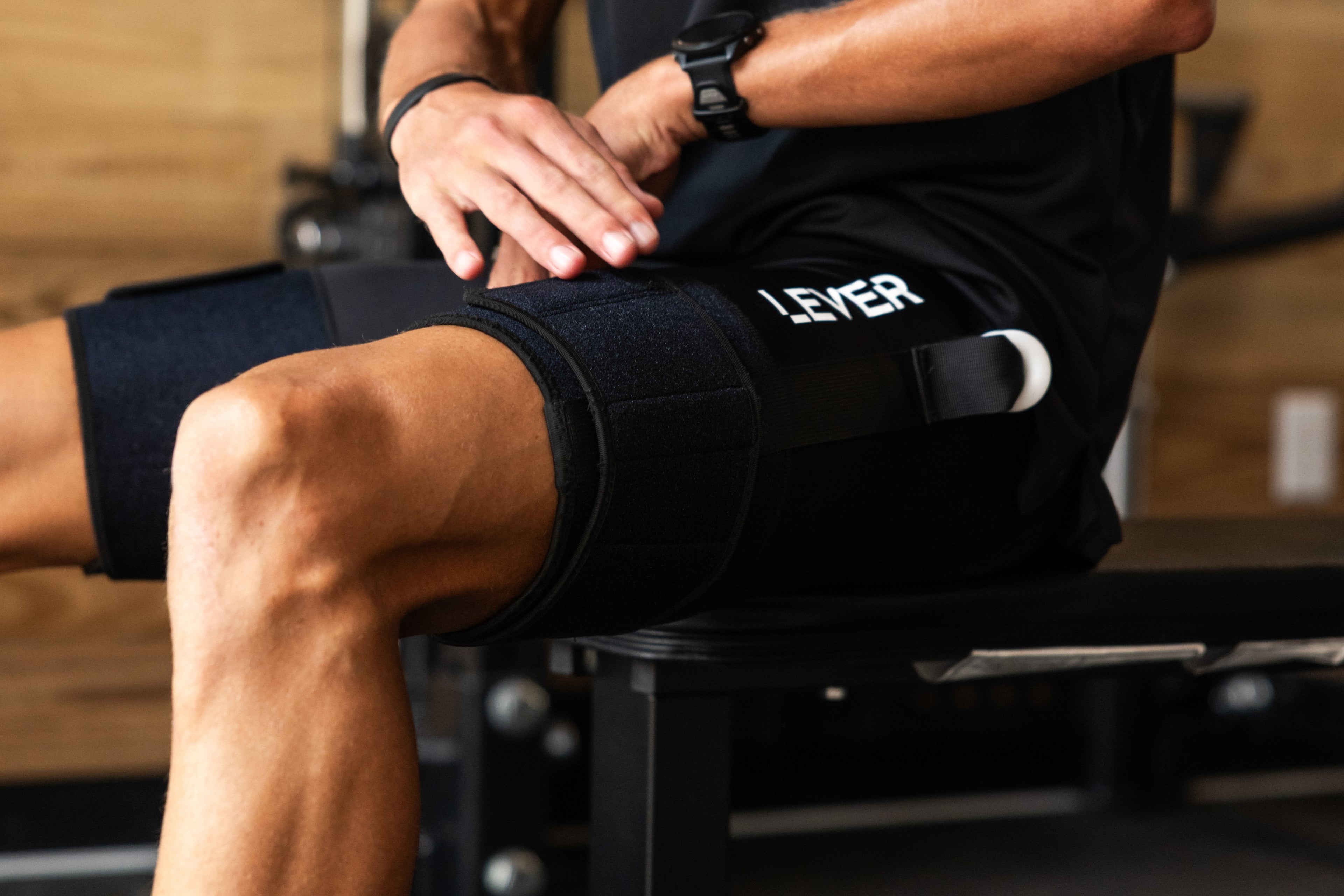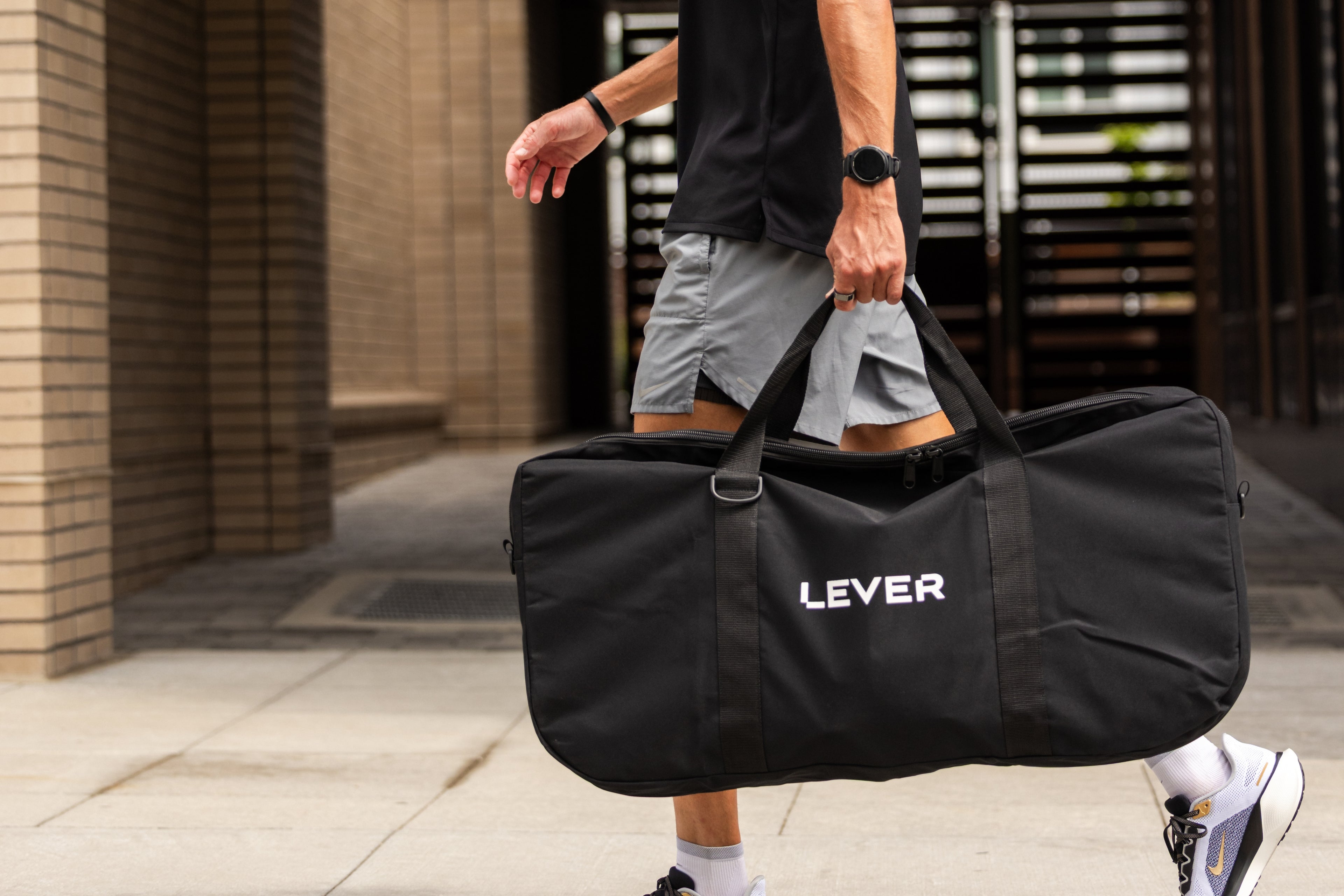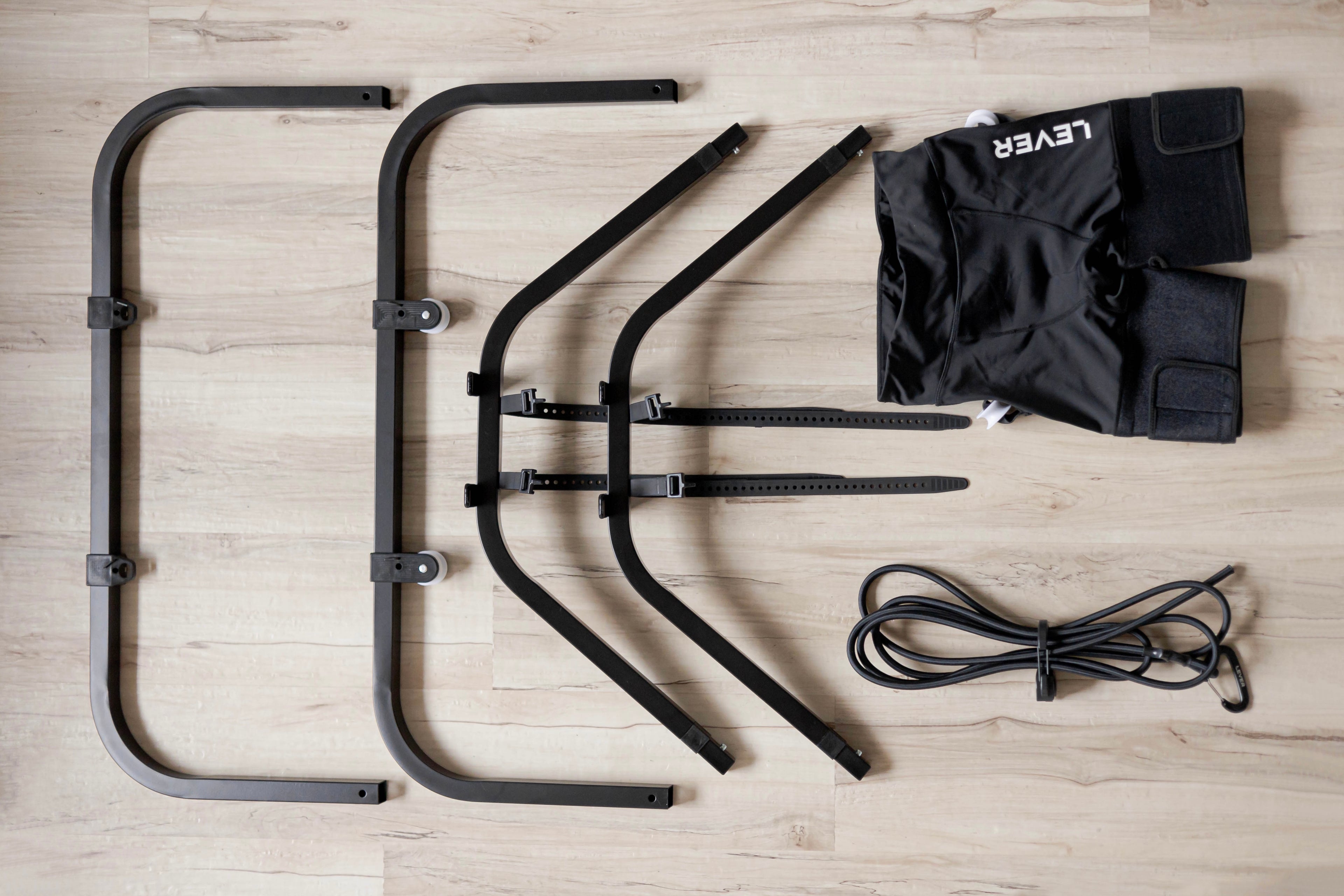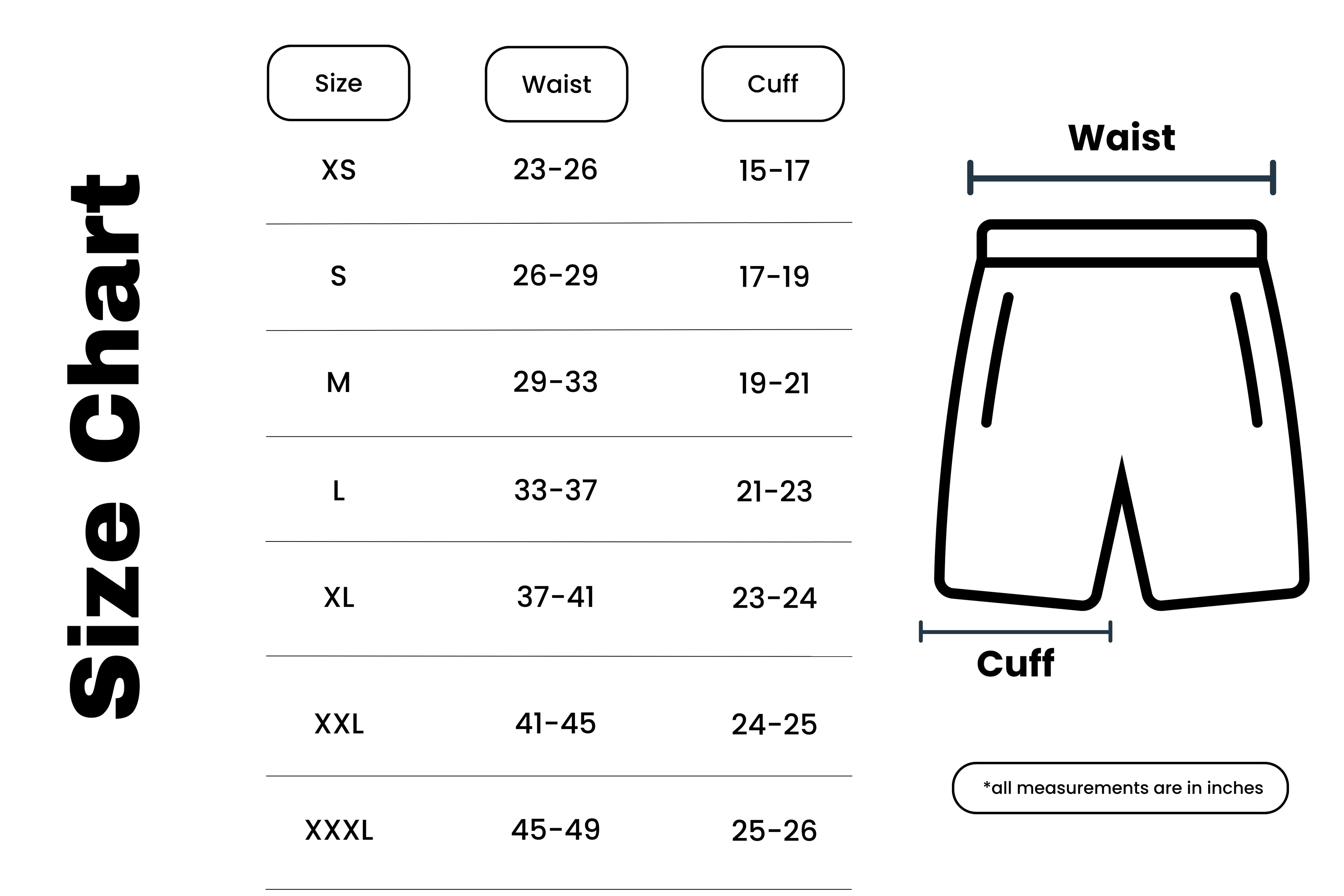Inside a breakout trail season, a mid‑year hamstring tear, and the LEVER strategy that kept momentum alive
Athlete: Mary Denholm
Coach: Matt Daniels (pro trail runner and coach)
Reading time: 7–9 minutes
Watch Mary Denholm Youtube LEVER SERIES
Quick Summary
-
Mary’s rise in trail/ultra has been fast: full Leadville Series (Marathon, 50, 100) plus JFK 50 in her first year racing trails.
-
Training weeks often hit 100–130 miles with doubles, strength 2x/week, and meticulous fueling.
-
A mid‑season hamstring tear (plus a mold‑exposure health setback) forced a reset then a steady return.
-
Coach Matt Daniels uses LEVER to protect volume, preserve momentum, and manage risk on doubles and longer aerobic sessions.
-
Focus for Run Rabbit Run 100: win the race by arriving healthy, aerobically robust, and confident.
“We still don’t know where Mary’s limit is. 130‑mile weeks aren’t even her max and she recovers like it was 40.” — Coach Matt Daniels
Meet Mary (and Matt)
Mary started trail racing in 2024, but the mountains hooked her long before: Flagstaff days, Grand Canyon missions, and any chance to sneak onto dirt. As a full‑time coach herself, she brings a professional approach detail‑driven recovery, nutrition, and planning.
Her coach, Matt Daniels, has seen it all from the mile to 100 milers. His early test in Boulder said plenty: segment crowns and overall leaderboards against world‑class traffic. The takeaway? Leadville would suit her: road efficiency meets high‑altitude grit, with an ultra series that builds from Marathon → 50 → 100.
“Right away it was CRs and crowns. Not just women’s segments—overall leaderboards. That’s when I knew.” — Daniels
A Year of Highs, Lows, and Learning
The season began in career‑best shape, but Black Canyon 100K delivered a DNF. While rebuilding for Canyons 100K, an acute hamstring tear (dodging a car) changed the plan. MRI confirmed a low‑grade tear 3 weeks completely off, then a careful ramp with shockwave therapy. On top of that, a mold‑exposure issue complicated the picture.
Mary’s mindset stayed steady: if the body needs a full reset, take it. Avoid the trap of clinging to fitness with frantic cross‑training. Heal, then train fully no lingering flare‑ups.
“I won’t line up compromised. If I toe the line, my body is 100%.” — Mary Denholm
Training That Fits the Goal
When the target is Run Rabbit Run 100 (high altitude, vert, and rugged miles), the priority is aerobic strength over flashy speed:
-
Volume: 100–130 miles/week when healthy.
-
Structure: many doubles; key long aerobic singles during peak.
-
Strength: twice weekly.
-
Fueling: “eat like a champ” during the day and on runs.
-
Workouts: steady‑state efforts inside long runs; threshold discovery, then build.
Where LEVER Fits (Athlete + Coach Views)
For Mary’s comeback: Daniels emphasized a return‑to‑run that protected tissue while rebuilding aerobic capacity. Sessions on LEVER allowed 60–120+ minutes of running rhythm without the same pounding. Most doubles moved to LEVER during the reintegration phase.
For Daniels’ broader roster:
-
Doubles on LEVER to bank volume without excess impact.
-
Altitude athletes: maintain leg speed with faster sessions on LEVER, minimizing musculoskeletal cost.
-
Acute niggle or known injury: shift days to LEVER to keep cadence, confidence, and routine while tissue calms.
“It can do nothing but aid you. If you can get one, you absolutely should.” — Daniels
Mary’s Return Philosophy (Save This)
-
Full stop when needed. Give the tissue a true reset (per imaging/clinical guidance).
-
Re‑introduce gradually. Start with controlled LEVER sessions; extend duration before adding intensity.
-
Keep the big picture. Choose aerobic consistency over “proving” speed too soon.
-
Respect red flags. If symptoms spike, step back before they dictate the week.
-
Only race healthy. Confidence = “I did the training” and “my body is ready.”
Note: This is Mary’s experience—not medical advice. Always follow your clinician’s plan.
Leadville Lessons (and Why They Matter)
Early Boulder segment tests hinted at a profile made for Leadville:
-
Road background → efficient flat running at altitude.
-
Trail curiosity → technical skill building fast.
-
Fatigue resistance → Marathon + 50 mile one week apart, then the 100.
-
Results? Wins and course records, and a shot at an historic 100‑mile mark on a legendary course.
Those data points inform how Mary and Daniels shape training blocks: build durable aerobic capacity, practice quick turnarounds, and pressure‑test fatigue resistance without tipping into injury.
What Everyday Runners Can Steal
-
Consistency > hero days. Protect the string of weeks that matter.
-
Use LEVER for doubles or during high‑mileage builds to lower the impact tax.
-
Aerobic first. In ultra builds, steady state inside long runs is often the winning move.
-
Return with intent. After time off, extend duration before intensity; let tissues catch up.
-
Race only when ready. Start lines are earned twice: in training and in recovery.
Favorite Quotes
-
“We don’t know where Mary’s limit is.” — Daniels
-
“I won’t line up with a known injury.” — Mary
-
“Doubles on LEVER kept the volume while protecting the tissue.” — Daniels
About the Team
-
Mary Denholm: Trail/ultra runner and full‑time coach; first trail‑race season included the Leadville Series and JFK 50.
-
Matt Daniels: Professional trail runner and coach; experience across track to 100‑mile ultras; coaching practice launched in 2019.
Bring This Approach Into Your Training
-
Ready to train smarter? Explore LEVER GO+ for precise offloading in high‑volume weeks and return‑to‑run phases.
-
Coaches: Outfit your roster—doubles, altitude speed, and safer reintegration after niggles.
-
Questions on setup or sizing? Chat with our team by sending us an email at inquiry@leverrunning.com











